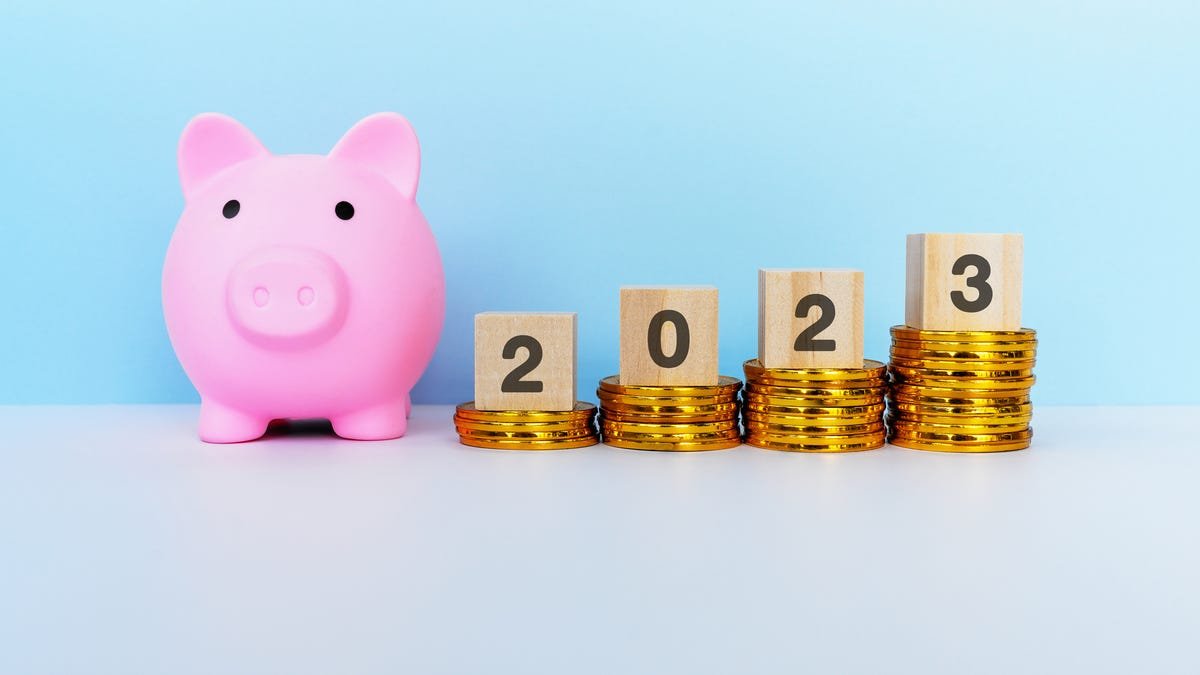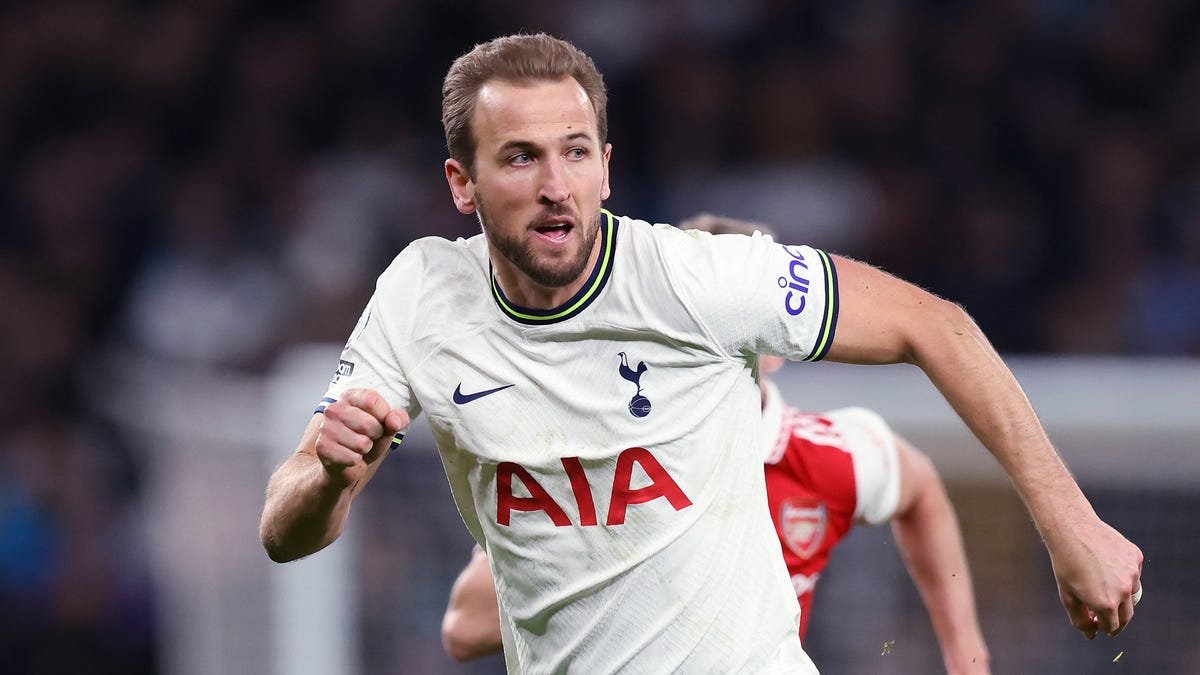
Don’t Wait. Experts Say You Should Lock in a Long-Term CD Soon
[ad_1]
After nearly a year of banks offering record-high annual percentage yields, we’re starting to see slight dips in savings and CD interest rates.
“Banks are reducing interest rates on CDs and savings primarily due to predictions of lower Fed rates in the medium to long term,” said Baruch Silvermann, a banking expert and CEO of The Smart Investor.
With few banks raising rates ahead of the May 2 to 3 Federal Open Market Committee meeting, many experts say now’s the time to consider long-term CDs before rates drop even further in the next couple of weeks. Where does this leave high-yield savings accounts and money market accounts? We’ll break down the latest savings and CD rates and explore a few other interest-earning savings options.
The best savings rates this week
This week, the average savings rate increased from 0.37% to 0.39% from March to April, according to the Federal Deposit Insurance Corporation. The FDIC average is typically lower than the best savings account rates, because this number includes national banks with rates as low as 0.01% APY. You’ll often find better rates at online banks which don’t have the large overhead costs of maintaining physical branches — this often translates into savings in the form of higher APYs.
The current average across the top savings accounts we track at CNET is 3.81% APY. The average has decreased by 0.58% from last week’s average of 4.39%.
Here are the best savings rates for this week:
CNET’s best savings rates
| Bank | Savings APY |
|---|---|
| UFB Direct | 4.81% |
| Bask Bank | 4.65% |
| Bread Savings | 4.50% |
| Tab Bank | 4.40% |
| My Banking Direct | 4.38% |
Rates as of Apr 20, 2023.
The best CD rates this week
This week the average for six-month, one- and five-year CDs increased slightly for banks we track at CNET. But the average for three-year CDs remained the same. Some banks increased their rates on short-term CDs, including Marcus by Goldman Sachs, TIAA Bank and Forbright. On the other hand, CFG Bank decreased its one-year CD APY by 0.10% while rates for other banks remained the same.
Average CD Rates
| Bank | 6-month | 1-year | 3-year | 5-year |
|---|---|---|---|---|
| FDIC | 1.03% | 1.54% | 1.34% | 1.37% |
| CNET | 4.27% | 4.77% | 4.20% | 3.99% |
Rates as of April 24, 2023.
The best 6-month CD rates
| Bank | APY |
|---|---|
| CIT | 5.00% |
| MYSB Direct | 4.80% |
| Bask Bank | 4.80% |
Rates as of April 24, 2023.
The best 1-year CD rates
| Bank | APY |
|---|---|
| Forbright | 5.20% |
| CFG Bank | 5.10% |
| Bread Savings | 5.05% |
Rates as of April 24, 2023
The best 3-year rates
| Bank | APY |
|---|---|
| CFG Bank | 4.50% |
| Bread Savings | 4.50% |
| Alliant Credit Union | 4.45% |
Rates as of April 24, 2023.
The best 5-year CD rates
| Bank | APY |
|---|---|
| Barclays Bank | 4.50% |
| Alliant Credit Union | 4.35% |
| Quontic Bank | 4.30% |
Rates as of April 24, 2023.
It’s time to start locking in a long-term CD
Over the past year, experts have advised against locking in long-term CDs with the caution that rates will go up. But now that’s changing.
Right now, rates are experiencing an inverted yield curve, meaning short-term CD rates are higher than longer term CDs. In a normal rate environment, long-term CDs have higher average rates than short-term CDs. With experts torn on whether the Federal Reserve will raise rates by another 0.25% or pause on rate hikes, we may have reached the tipping point for savings rates.
“If you save for the long term and don’t need the money soon, it may be the right time to lock your rate for long-term CDs, such as for one to three years, depending on your needs,” said Silvermann. “The interest rate you can get is still high, around 4 to 5% APY.” Considering the possibility of a recession and likelihood that inflation will continue decreasing, he added that we may not see rates this high six months from now.
However, if you lock in a solid three- or five-year CD rate now, there’s a chance that the Fed continues to raise rates, echoed Cary Carbonaro, a certified financial planner and Director of the Women and Wealth Division at Advisors Capital Management. “We don’t 100% know they are going to keep rising. They may stop, and when the economy is hit hard enough, they will be cut again.” If rates continue to go up, but you lock in a long-term APY now, you could miss out on a better rate. If you’re interested in a long-term CD, we recommend comparing options now, and waiting to see what the Fed decides next week before making any moves.
Where else to stash savings right now
With the possibility of the Fed pausing rate hikes for the first time since March 2022, experts don’t expect savings rates to climb much higher. Ultimately, where you stash your savings boils down to your needs. Here are a few options to consider.
High-yield savings accounts
If you’re worried about job security as experts predict a recession, having money on hand in a high-yield savings account is important for emergencies. And you can still earn high APYs right now. Especially since Apple announced its high-yield savings account option if you have the Apple Card.
“High-yield savings accounts offer attractive yields, with some online banks offering APYs over 4.5%,” said Chelsea Ransom-Cooper, financial planning director at Zenith Wealth Partners.
You’ll earn a solid return and access the money when needed without paying an early withdrawal penalty as you would with CDs. But most high-yield savings accounts are still lagging behind other options in the interest they pay, said Carey. And some banks are starting to quietly lower these rates, too.
Money market accounts
Liquid or flexible options, including a money market account, are worth considering. Some MMA rates are higher than high-yield savings and offer more flexibility. It’s a low-risk, FDIC-insured savings option of up to $250,000 per person, per account type. You can withdraw and deposit funds and make regular transactions as you would with a checking account. Carey added that the higher your balance, the higher your APY for some banks.
Specialty CDs
If you’re unsure about rates or liquidity, consider specialty CDs such as a bump-up or no penalty CD. However, these options tend to have lower APYs compared to traditional CDs. “You may sacrifice some potential earnings for the flexibility,” said Carey.
More importantly, now’s the time to save. Every penny can add up, and interest-earning deposit accounts can push you closer to your savings goals before rates drop even further. Since experts predict that rates will remain steady for a while, it’s best to open an account now to start earning interest before it’s too late.
FAQs
Is it better to put your money in a CD or savings account?
It all depends on your financial needs. If there’s a chance you’ll need the money for an emergency or as extra cash, it’s best to consider more flexible options, like a savings account. That way, you won’t be penalized if you withdraw the money, and you can regularly contribute. If you’re certain you won’t need the funds, however, you can consider a CD to avoid spending it and still earn a return.
An in-between option experts recommend is a CD ladder. You can spread the savings across several CD terms to have money available after each term ends without paying a withdrawal fee.
What is the downside of investing in a CD?
The downside of a CD is the liquidity or limited access to the money during the CD term. If you need the money, you’ll pay a withdrawal penalty fee, which is usually a few months of interest.
Are high-yield savings rates increasing?
Some banks are still increasing their high-yield savings account rates, but not many. Instead, most rates are the same from week to week. And some banks are already decreasing savings rates.
What is the highest rate for a high-yield savings account?
Based on the banks we track at CNET, UFB Direct currently has the highest savings rate of 4.81%. We recommend comparing rates across banks, including obscure ones you may have never heard of, to get the best rate. Before opening an account, ensure your deposits are FDIC- or NCUA-insured in case of bank failure.
[ad_2]
Source link


